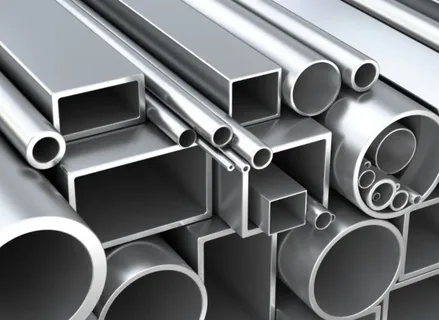Corrosion can spell disaster for any number of steel structures, and cost companies big, not just financially, but in terms of the environment, too. With annual estimated figures of the cost of corrosion coming in at trillions of dollars globally, protecting steel structures from the effects of corrosion with products such as Zinga Zingaspray, becomes increasingly important.
The cost of corrosion
The direct cost of corrosion takes into account the materials and equipment used to repair, maintain and replace affected steel structures. What it doesn’t account for, however, is the harm corrosion can cause to the environment, wasted resources, loss of production and even personal injury.
How corrosion protection measures can help prevent such damage
By using certain methods for controlling corrosion, such as applying a zinc coating, many of the costs above can be reduced, and in many instances, eliminated altogether.
Steel that hasn’t been protected with a zinc coating will almost certainly corrode, no matter what environment it’s in, but some environments have been known to accelerate the effects of corrosion. When steel corrodes, not only is it ruined visually, but if left untreated, it will ultimately threaten the very integrity of the structure.
When a zinc coating is applied, however, not only does it provide the outer layer of steel with a physical barrier against corrosion, but it also provides the underlying steel with cathodic protection. Somewhat remarkably, almost 60% of the world’s overall zinc consumption, comes directly from the coatings market; that’s how important it is.
How zinc keeps steel protected from corrosion
Zinc protects steel in two ways: actively and passively. In the former, protection is achieved by means of a electrochemical process. In the latter, a barrier coating is placed between the steel and any environment that’s corrosive.
- Barrier systems
These prevent both oxygen and moisture from reaching the surface of steel, therefore guarding against rust. But, due to the nature of paint being permeable, when they are permeated or damaged, corrosion will occur at the point where penetration took place, and quickly spreads. This then leads to a rust layer forming underneath the coating, at the steel interface.
- Sacrificial systems
Providing steel with barrier protection as well, zinc coatings also protect steel galvanically, which means that any areas of damage are contained and there’s an absence of corrosion of any exposed steel nearby, until all of the sacrificial coating surrounding it, is consumed. Zinc is key to providing steel with effective and reliable cathodic protection.
What are the different types of zinc coatings?
There are many different methods that can be used to coat steel with zinc, such as cold galvanizing paint protection, electroplating, zinc thermal spray metallization, and paints rich in zinc to name but a few. Such coatings can be used as a standalone product, or be combined with a topcoat of paint for a more cohesive effect.
Complementing the process of galvanizing, thermal spraying with a zinc product can be used for the coating of existing structures made from steel, and to treat any steel structures that are too big to be hot dipped. It can also be used to help restore steel’s protection against corrosion, in areas where galvanizing has been removed during the fabrication process, and to cover welds and rivets fully. Additionally, zinc coatings can help repair galvanized surfaces that have suffered mechanical damage, while paints rich in zinc applied over thermal sprayed or galvanized coatings, can help extend the coating of a barrier in what’s referred to as a duplex system.
Zinc performs differently according to the climate, so it’s important that before investing in a zinc coating for your steel structure, that you carefully consider the conditions it will likely be subjected to.










![Is Tokyo Ghoul on Netflix? [How to Watch Online]](https://avctv.com/wp-content/uploads/2022/08/AAAABct1DaUzhEt4JeJFeDrmaE_4CGAu39fBN6poMx10hAlWlMRjkkAw84hjmuujWTy2wFC7_Pjnujec-_PqT1GCnnMFMJ15S04baJn1b0WvvbG6hrSNb31_GS4--120x86.jpg)





